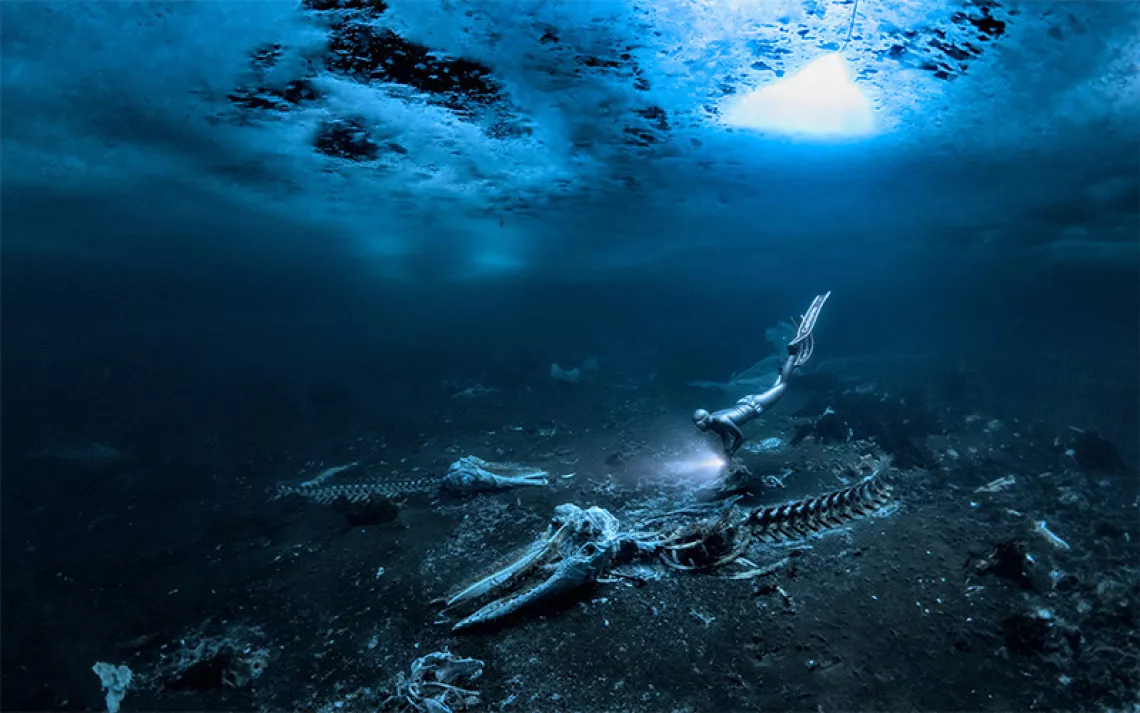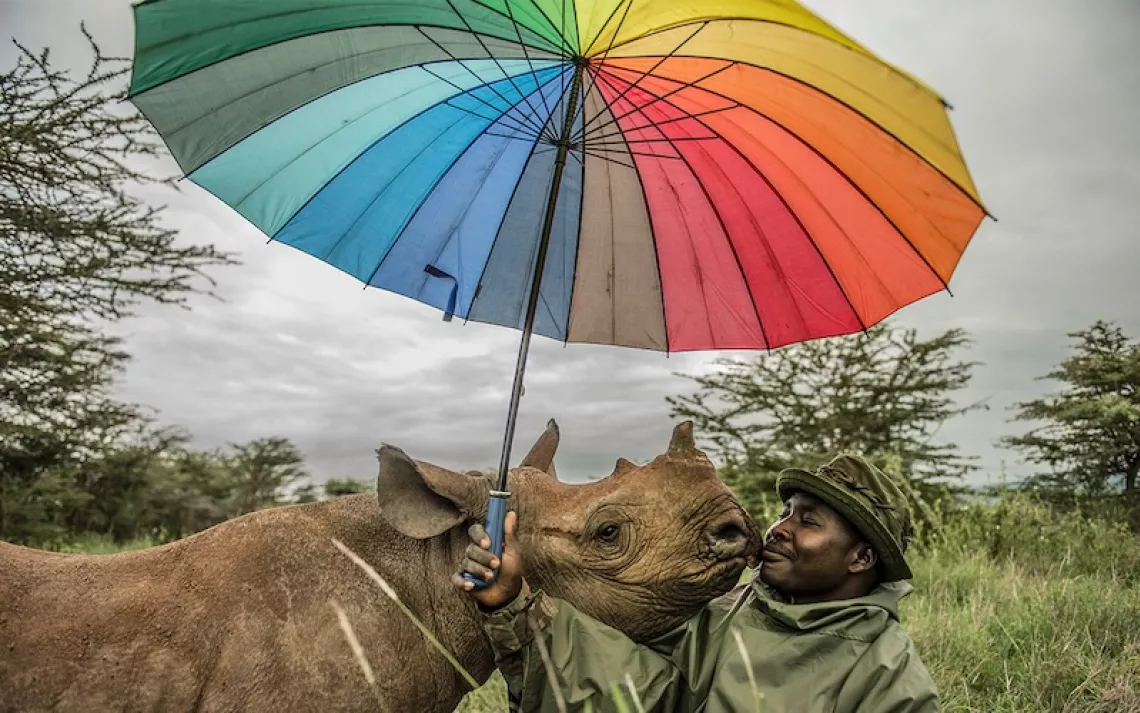A Search for the Light of All Things
David Neilson's images capture the wonders of wild places
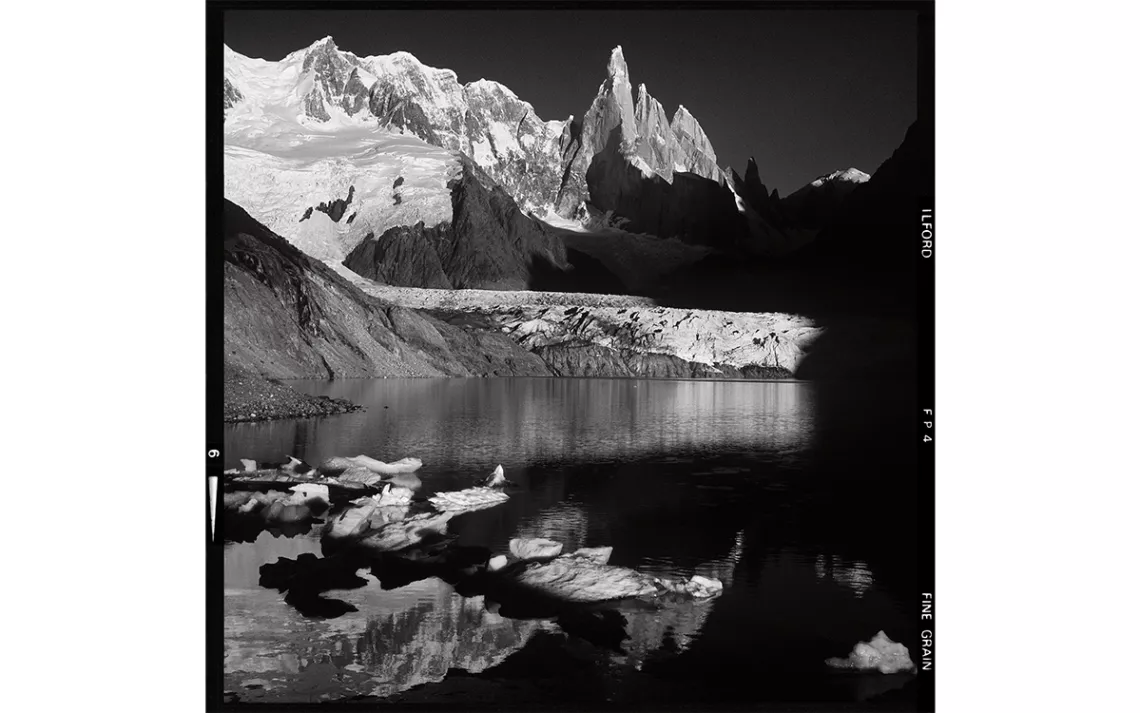
“From New York I travelled west to San Francisco. This was partly to see David Brower, the eminent conservationist and then director of Friends of the Earth....I set up a base in a small room in the Rosebro Hotel on Bush Street, coincidently not far up the hill from the then headquarters of the Sierra Club. The room came with a hand basin and with some ingenuity I managed to turn it into a fully functioning black & white darkroom. I bought an enlarger and the cardboard box it came in, with the addition of a plastic liner, made a good print-washing tray. I made similar cardboard trays with plastic liners for developing and the stop bath... I spent most evenings working at the enlarger, often staying up well into the night.”
In 1990, Australian photographer David Neilson took his first trip to photograph Antarctica. At the time, climate change was increasingly entering the international discourse, with concern mounting over the pace and scale of man-made global warming. But the debate about it had yet to become mainstream.
Twenty years passed before Neilson took his next trip to the region. In 2009, he sailed there to once again capture the splendor of the Antarctic wild with an eye toward illuminating the richness of its lands in varying light—this time, keeping in mind what scientists were saying about a warming world. "With Antarctica and ice and glaciers, to the casual observer, it's challenging to pick up those changes over time," Neilson told Sierra. Yet in scene after scene of pristine wild nature, Neilson captured on film—as he has with so many other journeys during a decades-long career of climbing, trekking, and sailing—the untrammeled natural wonders of our planet, testifying to the urgency that these places be protected.
Chasing the Mountain Light is a retrospective collection of some of Neilson's most compelling images, covering locations from Patagonia to Antarctica and the Australian Alps. With a part photography collection, part memoir, he tracks his own story of how early childhood adventures sparked a wonder and awe with the natural world, and how he came to see photography as a way of encouraging conservation. "I'm interested in where other people's love for wild places comes from," he says. "What are the sparks that lead people to love wild places and wanting to save and conserve them?"
Neilson's photographs of hundreds of thousands of king penguins in South Georgia, an island about 100 kilometers long with glaciated mountains up to 9,000 feet high, are otherworldly. "It remains one of the wildest places on Earth," he says. "We need wild places for the human spirit. We need to preserve them, and keep them free of human intrusion. We just have to keep reminding people how valuable it is to preserve these wild places."
*
Photographs and captions from Chasing the Mountain Light, by David Neilson
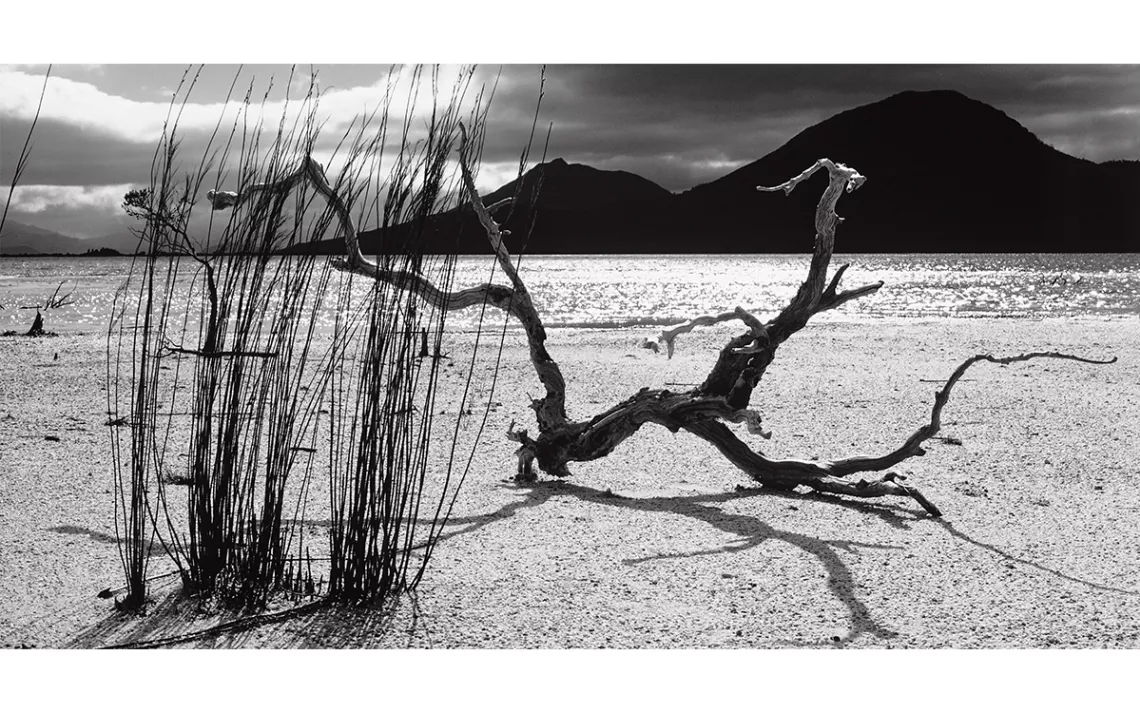
“My climbing trip to Federation Peak in 1968 had an important impact on the future direction I would take with my life. Our brief visit to Lake Pedder at the end of the trip was ultimately the catalyst for my decision to leave civil engineering and become a photographer, conservationist and eventually small publisher.… Soon after that, it became clear that a Tasmanian government hydro-electric scheme was going to flood the lake unless the spirited community campaign then underway could stop it. I had already helped a little with this campaign, but in the middle of 1971, I read an article in the Bulletin magazine about the imminent flooding and this triggered my thinking about how I could make a more significant contribution. I decided that I would spend the following summer taking photos of Lake Pedder and the broader South West area.... In my naïveté I assumed that if only the decision-makers could see how beautiful this region was they would legislate to preserve it rather than destroy one of its crown jewels.… A group of dedicated people are continuing to work toward having the dam that drowned Lake Pedder removed. One day this will happen and when it does the original lake will again beguile us with its exquisite beauty.”
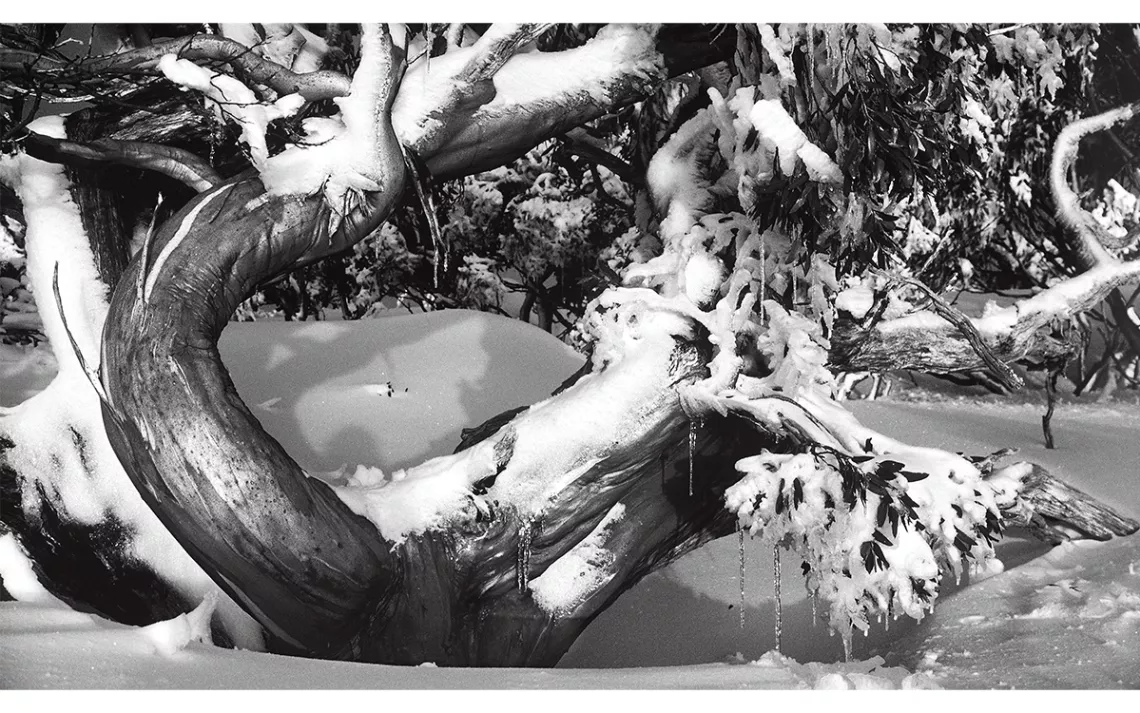
“The most distinctive feature of the Australian Alps is the beautiful snow gum Eucalyptus pauciflora. The endless diversity of shape and colour of this highest dwelling species of eucalypt is a joy to behold as one skis the slopes near the edge of the tree line. The limbs on young trees sinewy and sensuous, on older trees crazily twisted and contorted by the wind; the bark often a rainbow of reds, yellows, oranges and greens. After snow-melt or rain, limbs and bark glisten so intensely they appear lit from within.”
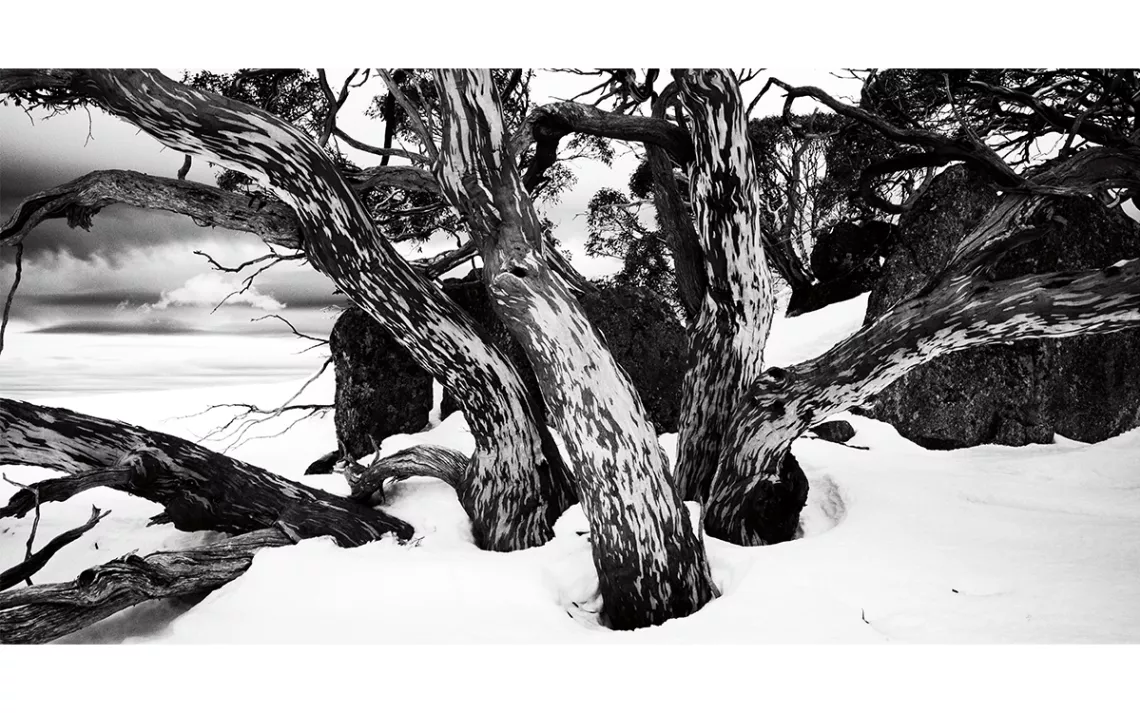
“In December 2006, lightning strikes again started fires in the Victorian Alps. As with the 2003 fires, these joined together and burnt for 69 days before rain came. This time a million hectares were burnt, much of it again in national parks. Some areas burnt in 2003 were reburnt in the 2006-07 fire. In 2013 a smaller but still extensive fire burnt alpine areas near Mt Feathertop and Mt Hotham.”
“Wildfires have been a constant presence in the alpine environment. However, over the last two decades these fires have become more severe and more frequent. Human-induced climate change has contributed to these increases.
… These unprecedented fires have had a devastating impact on the alpine vegetation. Alpine ash forests have been severely affected and there has also been a significant impact on snow gums.... Snow gums have a different strategy for surviving fire. Their trunks and limbs are often killed by fire but at the base of the trunk is a large growth, partially under the ground called a lignotuber. These lignotubers store energy for the tree and also have dormant protected buds which sprout new leaves if the trunk and limbs are killed. Thus the tree can regrow from the base. However, scientists have discovered that after three fires in short succession many of the lignotubers will not sprout and the tree dies completely.”
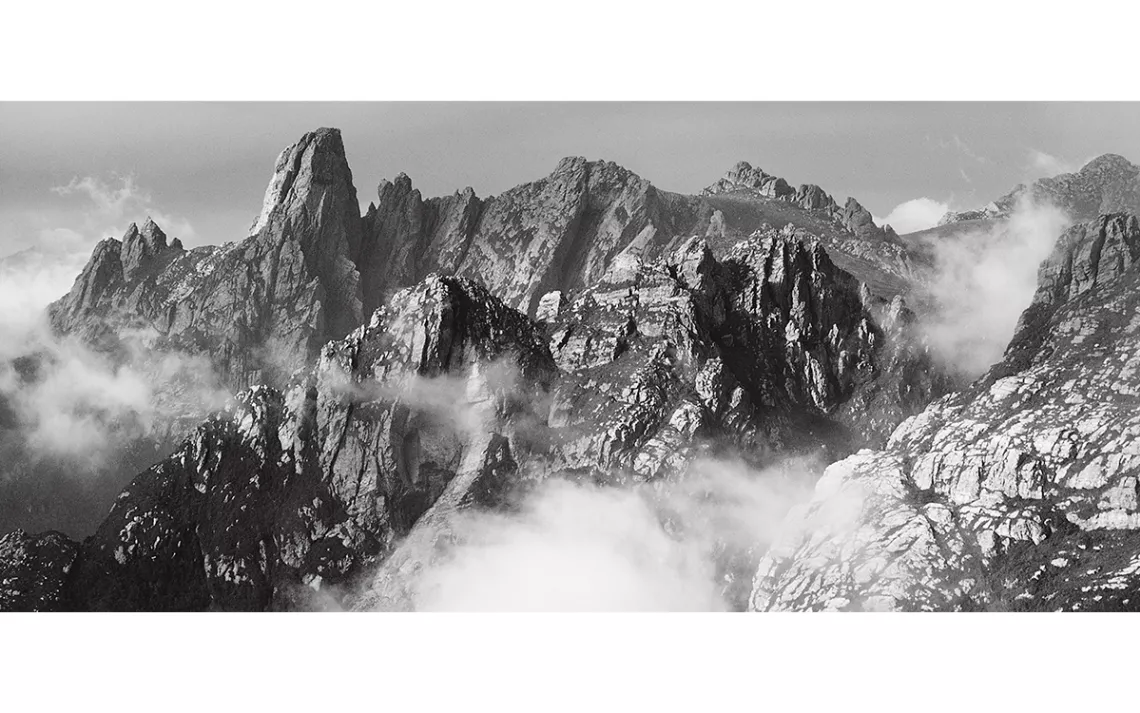
Federation Peak from near The Needles, with Geeves Bluff far top right and The Gables midground.
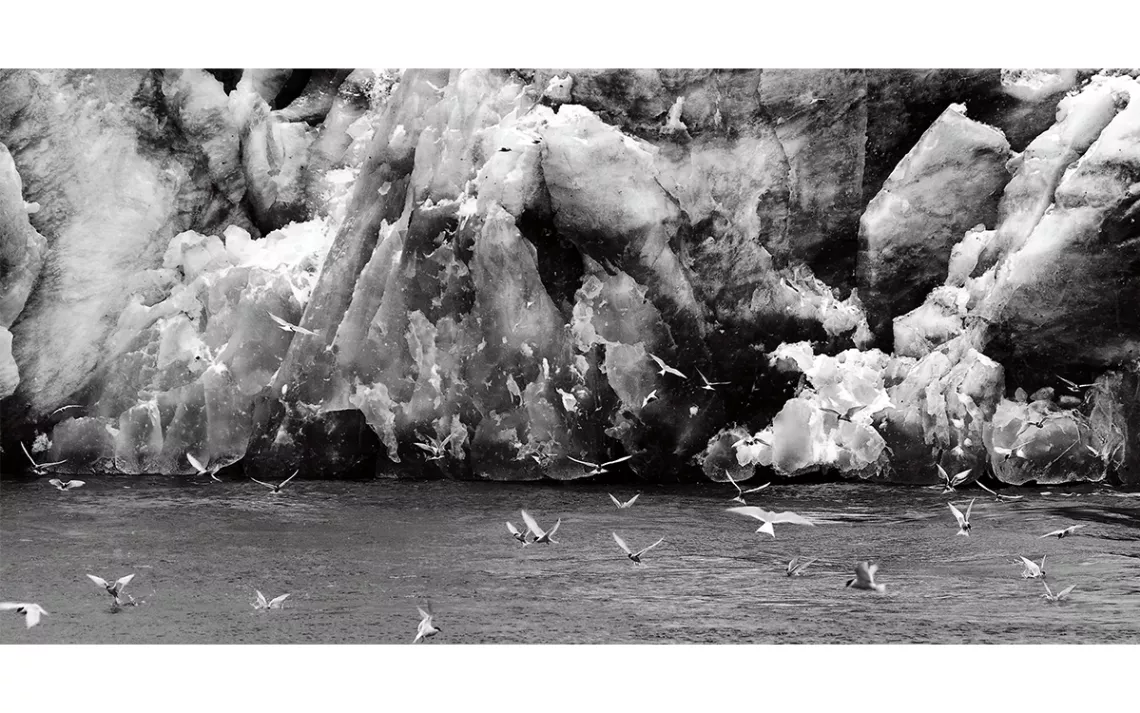
Antarctic terns feeding in nutrient-rich waters at the terminal face of Risting Glacier, Drygalski Fjord.
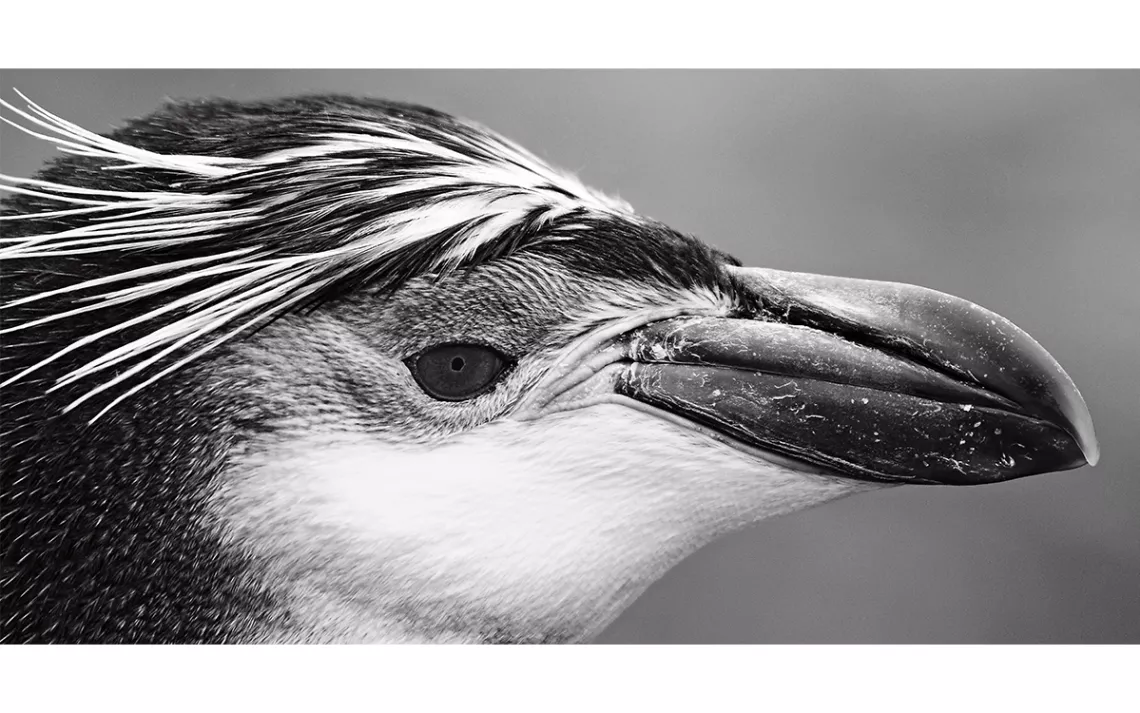
“Photographing wildlife with a large-format camera mounted on a tripod is a challenge because the ‘decisive moment’ is a drawn-out ¼ or ½ a second, and with my equipment I could only take six images before I had to change the film. You have to anticipate what the penguins might do and work as quickly as the camera will allow.... We had been very fortunate with the weather and I wondered how the photographs would turn out. They would not be developed for three months.”
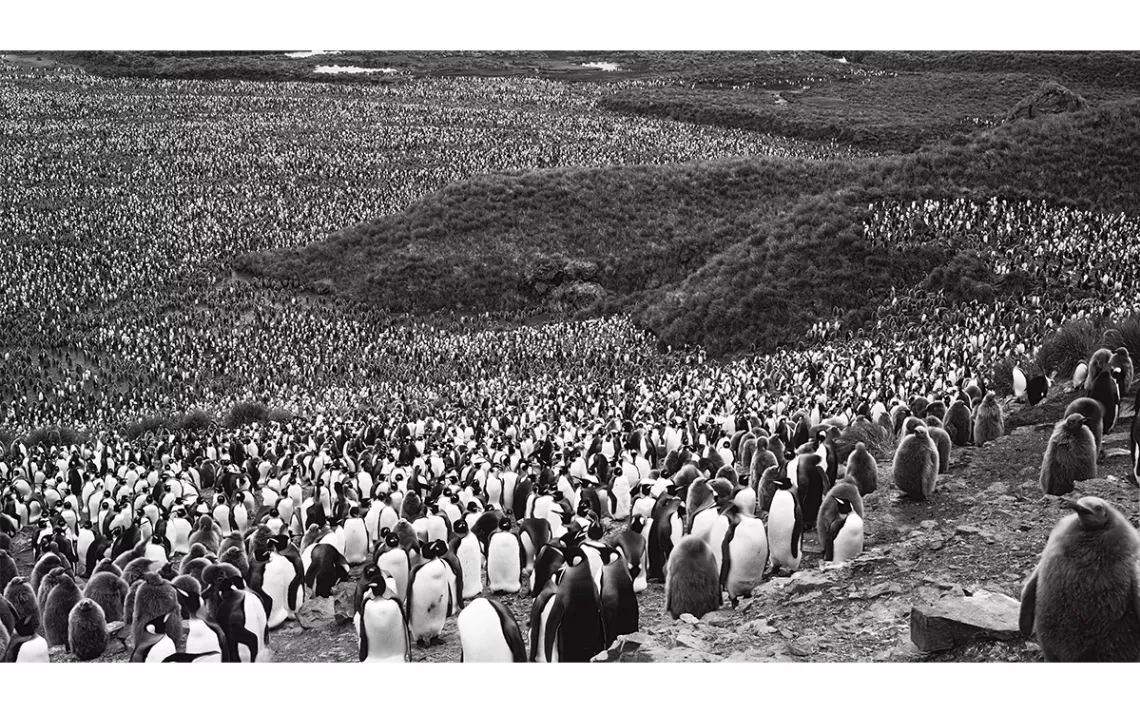
“It took ten days to sail from the Falklands to South Georgia, and we were more fortunate with the weather on this leg.... We walked south along the beach with the Heaney Glacier some distance inland to our right. Elephant seals, fur seals, giant petrels and skuas were in abundance, as well as the king penguins. We veered inland towards an elevated moraine ridge from which we could see nearly all the breeding colony—perhaps as many as 100,000 penguins in the vast sweep before us—a swirling sea of orange, yellow, brown, black and white.”
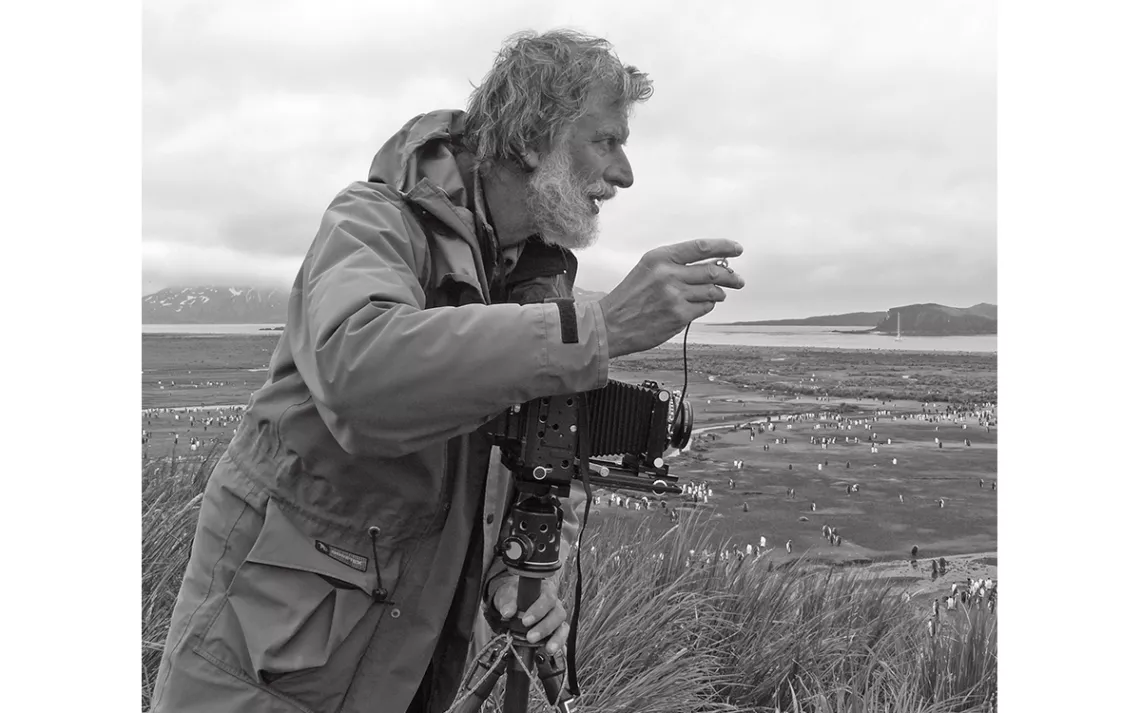
 The Magazine of The Sierra Club
The Magazine of The Sierra Club


